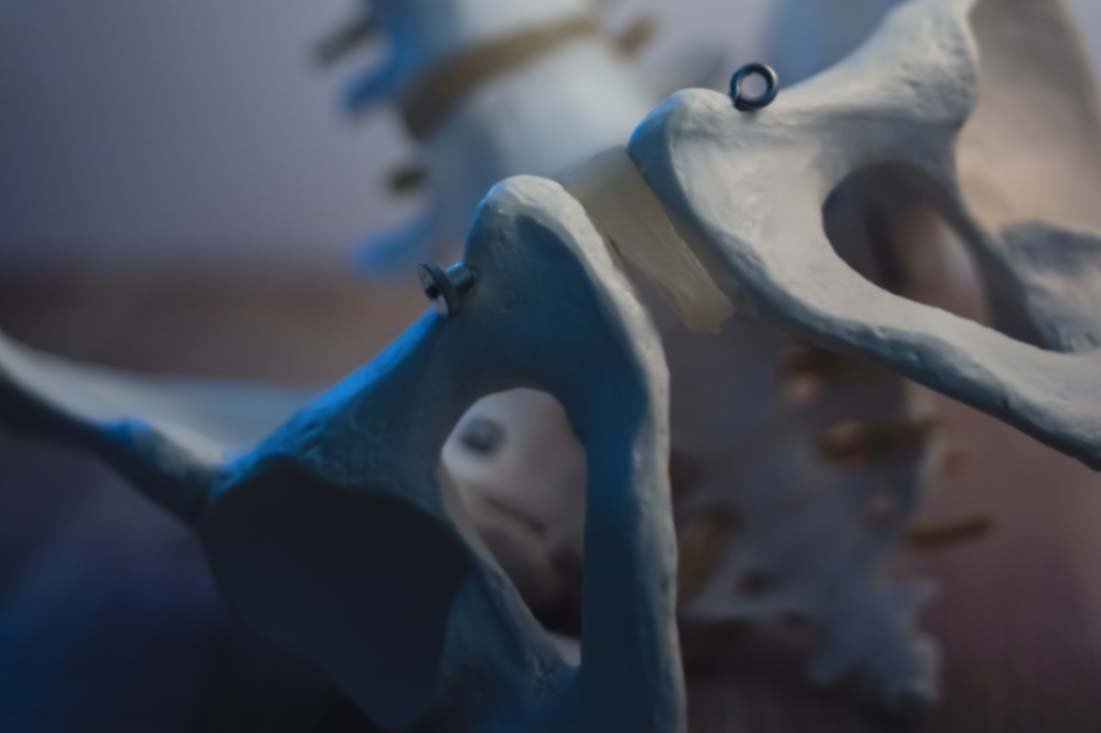Pelvic Girdle Pain Symptoms and Treatments
Pelvic Girdle Pain, also known as PGP, is pain experienced in the hips, thighs, lower back and around the pelvic joints.
What causes this pain?
Pelvic girdle pain can be caused by uneven movement of either side of the pelvis, decreased strength of the core and pelvic floor muscles leading to increased pelvic instability, and/or a previous fall that has affected the pelvis or muscles around the pelvis.
Symptoms
PGP normally leads to pain with prolonged standing, walking and sitting. Activities involving lifting one leg at a time such as getting in/out of a car and turning in bed also tend to be quite painful. Pain can range from mild discomfort to extreme pain. In severe cases, some sufferers have required crutches to help ease the pain of walking.
PGP Treatment
It is important to address PGP in the early stages to prevent worsening of symptoms and increased pelvic instability. You will be fully assessed by one of our experienced physiotherapists and will be given a treatment plan with exercises. Some exercises may include:
Pelvic tilting - This helps reduce pain by gently stretching the back muscles. This also helps strengthen your abdominal and buttock muscles.
Activation of the Transverse abdominus - Activating and building these muscles, reduces strain on the pelvis. Your back should be in its neutral position. Imagine you are pulling your pelvic bones towards one another and holding this contraction.
Squatting - Performed with your back against a wall to begin and have your feet hip-distance apart. Make sure you keep your weight back on your heels to ensure you activate your gluts rather than just using your quads.
Pelvic Girdle Pain in Pregnancy
Approximately 20% of pregnant women suffer from PGP at some stage throughout pregnancy (Vleeming et al, 2008). There are several reasons why this occurs:
Hormonal changes that occur during pregnancy to prepare for labour and delivery can cause changes in the joints that can lead to pain.
As the baby grows, the women's centre of gravity changes which can cause more pressure on the lower back.
This increase in weight can also put pressure on the front of the pelvis causing pain around the pubic symphysis
Although this can be a very painful condition, physiotherapy can help to manage it.
For optimum results and prevention of ongoing pelvic girdle pain and instability, it is important to be assessed and treated by a chartered physiotherapist. Hands-on manual treatment can assist in easing pain and discomfort.
Pelvic Health Services
Our Clinic Director, Aileen Maguire runs the pelvic floor rehabilitation service in the clinic. Treating both male and female patients with bladder and bowel incontinence and pelvic pain. She also works with the Mater University Hospital, within a multi-disciplinary team; managing a complex group of patients requiring pelvic floor rehabilitation.


